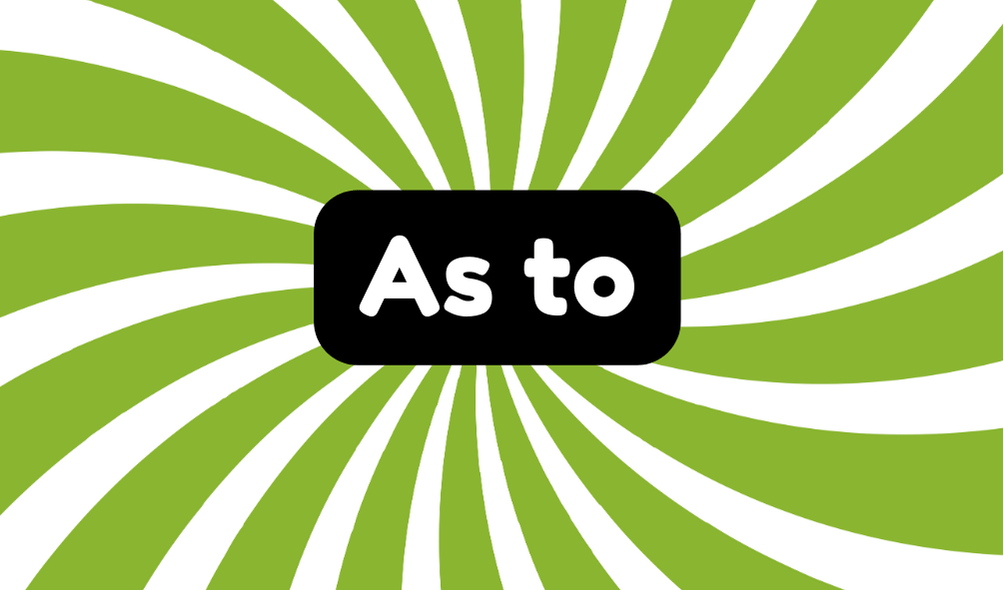The phrase "as to" typically introduces a topic or clarification in discussions. Its origins are unclear, reflecting the complex development of English. While it can enhance communication, some argue it complicates clarity in speech or writing. Common examples include "as to the reasons" or "as to whether," found mostly in formal contexts. Despite critiques, it remains relevant today, enriching dialogue while occasionally muddling meaning. Exploring its usage can offer deeper insights into language dynamics.
Synonyms
Synonyms for the phrase "as to" can provide valuable alternatives for both spoken and written communication. Engaging in synonyms exploration reveals significant linguistic variations, enhancing articulation. Here are three effective substitutes:
- In relation to
- Regarding
- Concerning
These alternatives can enrich discourse, yet one must choose wisely, as the context greatly influences meaning. Some alternatives may sound overly formal or unnecessary, diluting communication's effectiveness. In contemporary language use, recognizing the subtleties of these variations remains essential for innovation, ensuring that each term serves a distinct purpose rather than merely acting as filler. This critical examination promotes clarity and precision in expression.
Example of Sentences
Examples of sentences using the phrase "as to" can illustrate its various contexts and potential effectiveness in communication. Understanding its application across different settings is essential. Here are a few instances:
- "As to the meeting agenda, we will finalize it by Friday."
- "Her thoughts as to the project deadline seemed overly optimistic."
- "Questions as to what constitutes quality work often arise in formal writing."
These examples highlight how "as to" can function in both informal situations and formal writing, serving as a bridge that directs conversation, though some may consider it unnecessary in casual dialogue.
Origin
The phrase "as to" has a somewhat ambiguous origin, reflecting the complexity and fluidity of the English language itself. Its exact beginnings remain unclear, but it has evolved as part of linguistic evolution, shifting from formal contexts to more colloquial usage. As a shifting phrase, "as to" demonstrates how language adapts to contemporary needs, yet it raises questions about necessity and clarity. In modern discourse, it may sometimes serve as an unnecessary filler, detracting from meaning rather than enhancing it. This evolution highlights the tension between innovation in communication and the pursuit of precision in language choices.
Collocations
Collocations surrounding the phrase "as to" often reveal its intricate relationship with the English language. This phrase finds its place in various usage contexts, particularly in formal writing, where precision is vital. Common collocations include:
- "as to whether" – often introduces a dilemma.
- "as to the reason" – provides clarity in explanations.
- "as to how" – outlines processes or methods.
While "as to" serves to enhance formal discourse, its frequent use raises questions about its necessity. Critics argue it can be extraneous, often detracting from the clarity that effective communication aims to achieve.
How to Use in Everyday Language
How can one effectively incorporate the phrase "as to" into everyday language without sounding overly formal or redundant? While it can enhance formal writing, its casual application in everyday conversation might come off as stilted. To avoid this, one should opt for more straightforward phrases like "about" or "regarding" in casual settings. However, if discussing specific topics, "as to" may add clarity. For example, saying, "As to your suggestion, I have some thoughts," demonstrates focus without overwhelming the message. Ultimately, users should be mindful, balancing nuance with simplicity, ensuring clarity remains intact whether in formal writing or casual talks.
Why Is It Still Relevant Today?
Why is the phrase "as to" still relevant in today's language? This expression continues to find its place in current usage due to its ability to introduce topics smoothly in discussions. It reflects the ongoing linguistic evolution where certain phrases retain their charm despite critiques labeling them as outdated or unnecessary filler. While some modern writers may dismiss it, "as to" often enriches formal communications, providing clarity and direction. Its nuanced tone contributes to effective dialogue. Consequently, as "as to" evolves, it remains a significant linguistic tool, illustrating the balancing act between innovation and tradition in language.







